Capeweed
Back | Salinity Indicator Plants Home | Common name home | Scientific name home | Photo Gallery | Glossary
| Photos of Capeweed | Family: Daisy (Asteraceae syn. Compositae) |
| Scientific Name: | Arctotheca calendula | 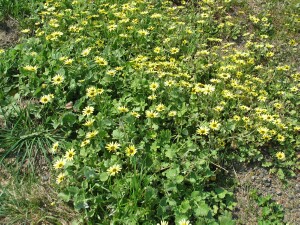 Capeweed plants Photo: A J Brown | |||||
Status: | Native to South Africa. Naturalised across the southern half of Australia and in New Zealand. | ||||||
Plant Description: | Annual stemless or shortly stemmed, herb, 80 cm wide and 30 cm high, with a taproot and a basal rosette of leaves. Leaves are 5-25 cm long and 2-6 cm wide, on 6 cm stalks, stem clasping, oblanceolate (backward pointing spear-shaped) deeply lobed and white downy or felted underneath. Flower-head (the ‘daisy’ is actually a composite of many small flowers) is 15 mm diameter. The outer flowers or ray florets (the ‘petals’) have a yellow upper-side (sometimes with a dark purple to brown base), a grey-green to purplish-green underside and are 1.5-2.5 mm long. The inner flowers or disc florets (the ‘eye’) are dark purplish black and tubular. Fruit are achenes and are covered in brown, woolly hairs. | ||||||
Habitat: | Widespread and common weed of pastures, lawns, cultivation and waste areas across Victoria. Typically a plant of fresh-water habitats but may occur on the fringes of saline swamps and flats during wetter periods.
| ||||||
Comments: | Although, this species could also be considered a yellow daisy flat-weed (see Key to Yellow Daisy Flat-weeds), it belongs to a different taxonomic tribe. Readily eaten by stock and providing reasonable nutrition. However, grazing of young, rapidly growing plants can cause nitrate poisoning. High intake by dairy cattle can taint milk. | ||||||
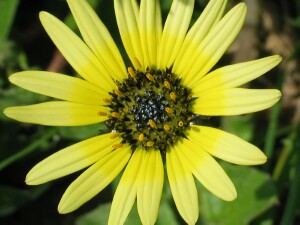 Capeweed flower Photo: A J Brown | 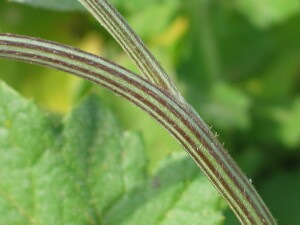 Capeweed stems Photo: A J Brown |
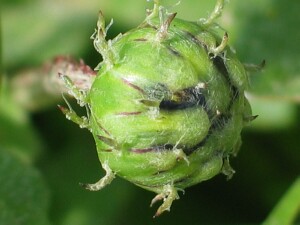 Capeweed flower-bud Photo: A J Brown | 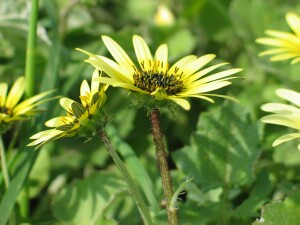 Capeweed flowers Photo: A J Brown |
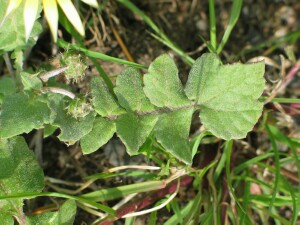 Capeweed leaf Photo: A J Brown | 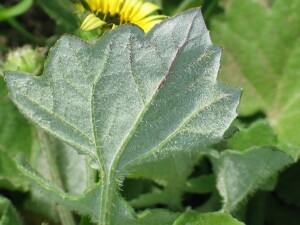 Lower surface of Capeweed leaf Photo: A J brown |
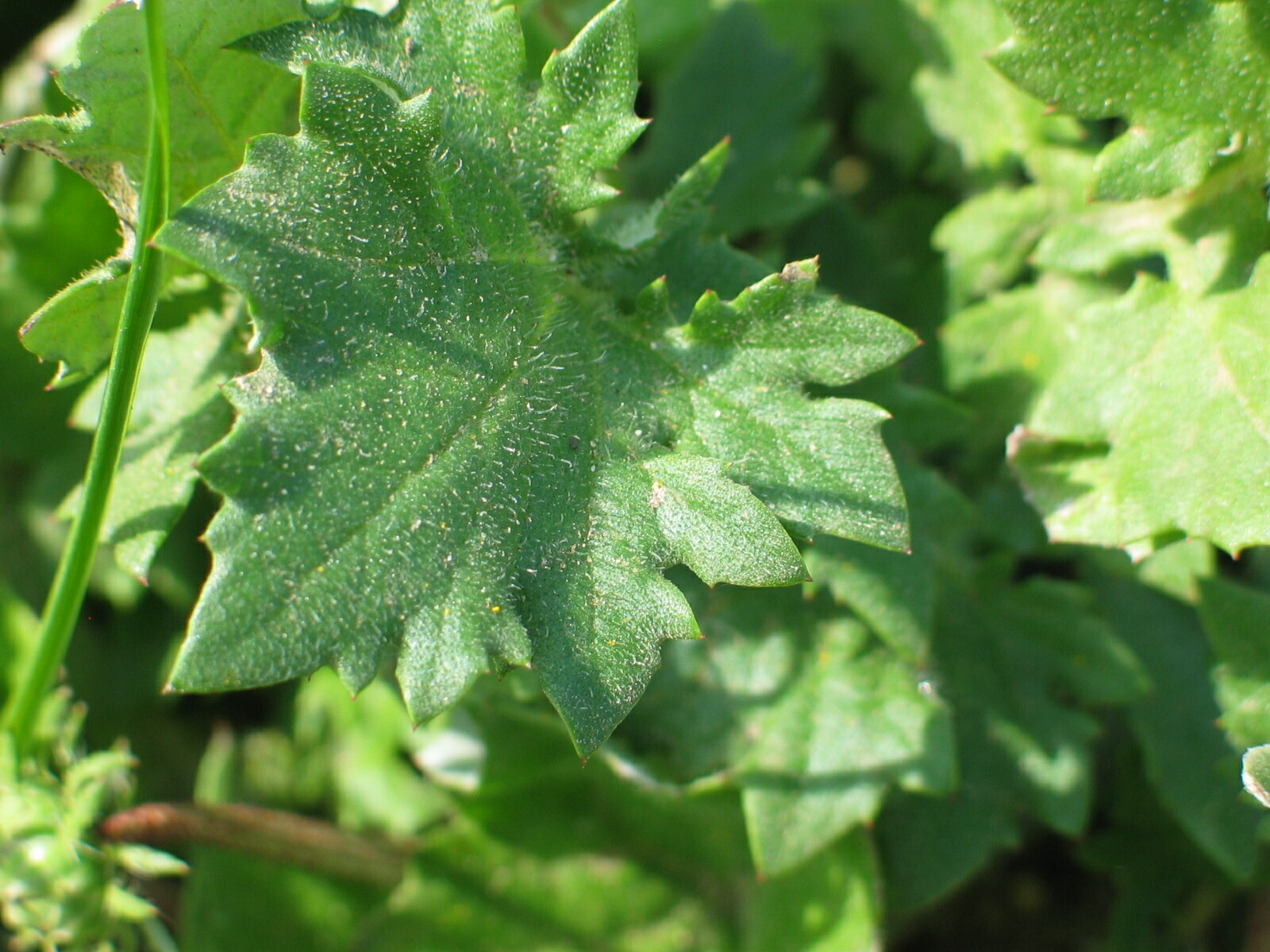 Upper surface of Capeweed leaf Photo: A J brown | 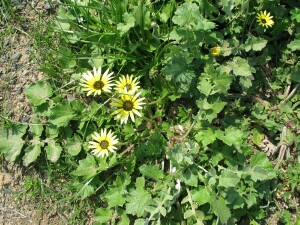 Leaves and flowers of Capeweed Photo: A J brown |


